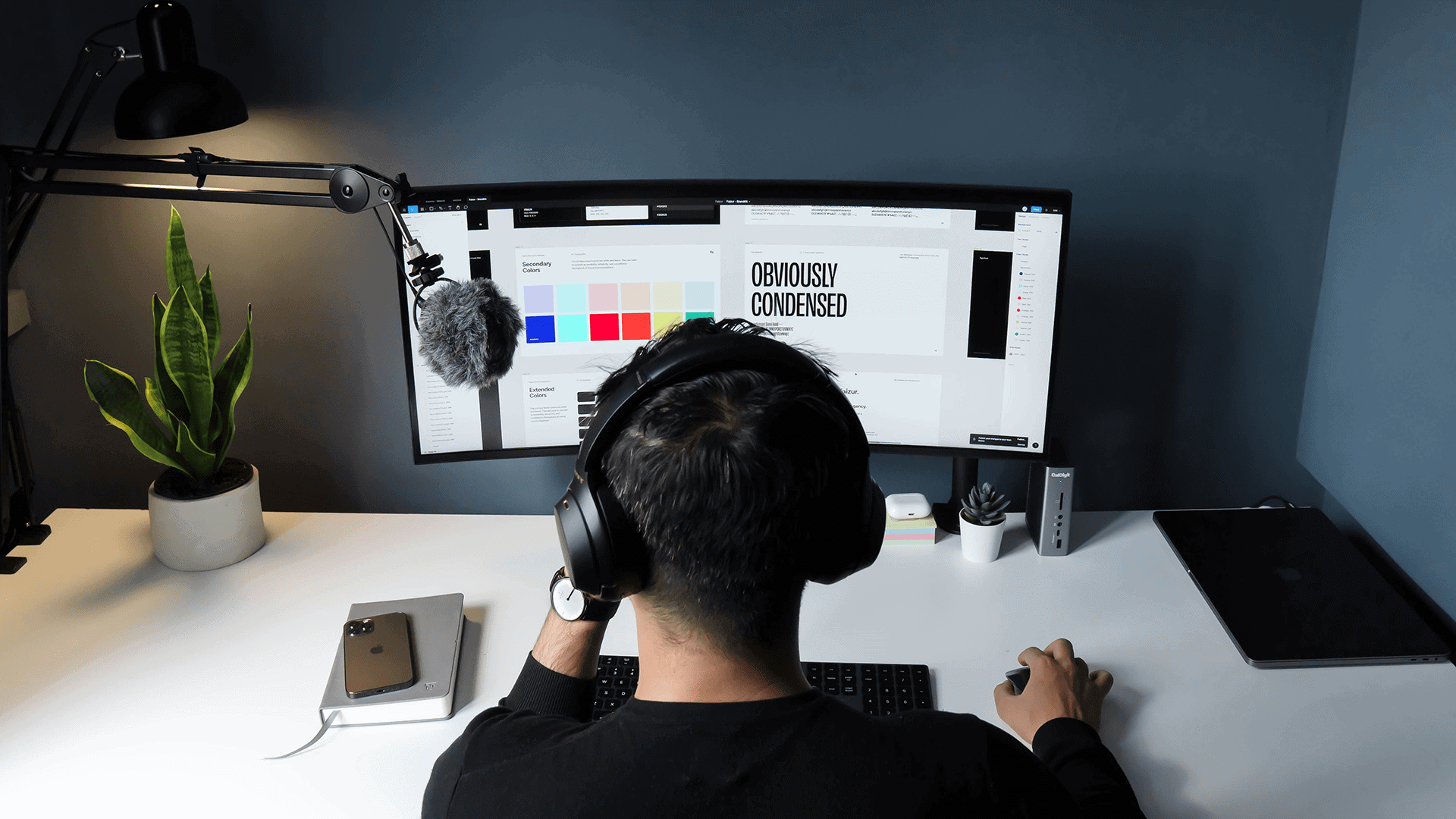In the world of graphic design, creating visually appealing and effective print materials is a crucial part of the job. Whether it’s brochures, business cards, posters, or flyers, designers aim to bring their clients’ visions to life on paper. However, an often-overlooked aspect of this process is the cost associated with printing these materials. Clients, especially those on a budget, rely on designers not only to produce great designs but also to do so in a cost-effective manner.
In this blog post, we’ll dig into the nuances of print costs and offer strategies for designers to work within client budgets without compromising on quality.
Understanding the Basics of Print Costs
Before we dive into cost-saving strategies, it’s essential to understand what factors contribute to the final printing bill. Here are the key elements:
- Quantity: The number of copies you need significantly impacts the total cost. More copies mean higher expenses, so consider the actual demand for your materials.
- Size: The dimensions of your design can affect costs due to the amount of paper used. Non-standard sizes often lead to more waste and, consequently, higher prices.
- Color: Full-color printing is more expensive than grayscale or two-color printing. Be mindful of the color choices in your design, and think about whether you can achieve the desired impact with fewer colors.
- Paper Quality: Different paper types come at various price points. Glossy, heavy-weight paper tends to cost more than standard stock. Consider your project’s requirements when selecting paper.
- Finish and Coating: Special finishes, like UV coating or embossing, can elevate the look of your printed materials but also add to the cost. Use them selectively and purposefully.
- Folding and Binding: Complex folding or binding techniques can increase labor costs. Opt for simpler options when feasible.
- Turnaround Time: Rush orders usually come with a premium price. Plan ahead to avoid expedited printing costs.
Budget-Friendly Design Strategies
Now that we’ve covered the basics of print costs, let’s explore some budget-friendly design strategies to help you work within your client’s budget without sacrificing quality:
- Optimize Size and Layout
Begin by choosing a standard size for your printed materials. Standard sizes are more cost-effective because they use paper efficiently, reduce waste, and often fit into standard envelopes or displays. Additionally, consider the layout of your design. Efficient use of space can reduce paper and printing costs. - Color Management
Think carefully about your color choices. While full-color printing can be stunning, it’s not always necessary. Grayscale or two-color designs can be just as impactful while saving on printing costs. Use color strategically to highlight key elements in your design. - Paper Selection
Selecting the right paper is crucial. Instead of automatically choosing premium paper, discuss the options with your client. Sometimes, a standard stock can work just as well for certain projects, and it’s more budget-friendly. - Simplify Finishing Touches
While special finishes and coatings can add sophistication to your design, they also come at a price. Limit the use of these elements to essential areas of your design to keep costs down. - Consider Digital Printing
For smaller print runs, digital printing is often more cost-effective than offset printing. It offers high-quality results without the need for expensive plates and setup fees. - Plan Ahead
Avoid rush orders whenever possible. Planning ahead allows for more economical printing options and can prevent additional charges for expedited services. - Quantity Control
Work closely with your client to determine the right quantity of printed materials. Ordering excessively can lead to unnecessary costs and wasted resources. - Review and Proofread
Errors and revisions can be costly. Be thorough in your design and proofreading process to avoid the need for reprints. - Build Relationships with Printers
Developing a good working relationship with a reputable printing company can result in discounts and cost-saving recommendations. Printers often have insights into optimizing designs for their equipment. RoyerComm has worked with Graphic Designers and Creative Professionals for years to help make sure your creativity can go from idea to physical product.
Effective graphic design goes beyond aesthetics; it includes understanding and managing print costs. By implementing these budget-friendly design strategies, designers can work within their clients’ budgets without compromising on quality. Ultimately, collaboration between designers and clients, along with thoughtful planning, is the key to achieving stunning printed materials that don’t break the bank.
Request a Quote
Over the years we have accumulated a lot of knowledge about how to create compelling impactful marketing communications. We are here to answer any questions you might have or offer guidance to help take your project from good to GREAT! Give us a call today.
